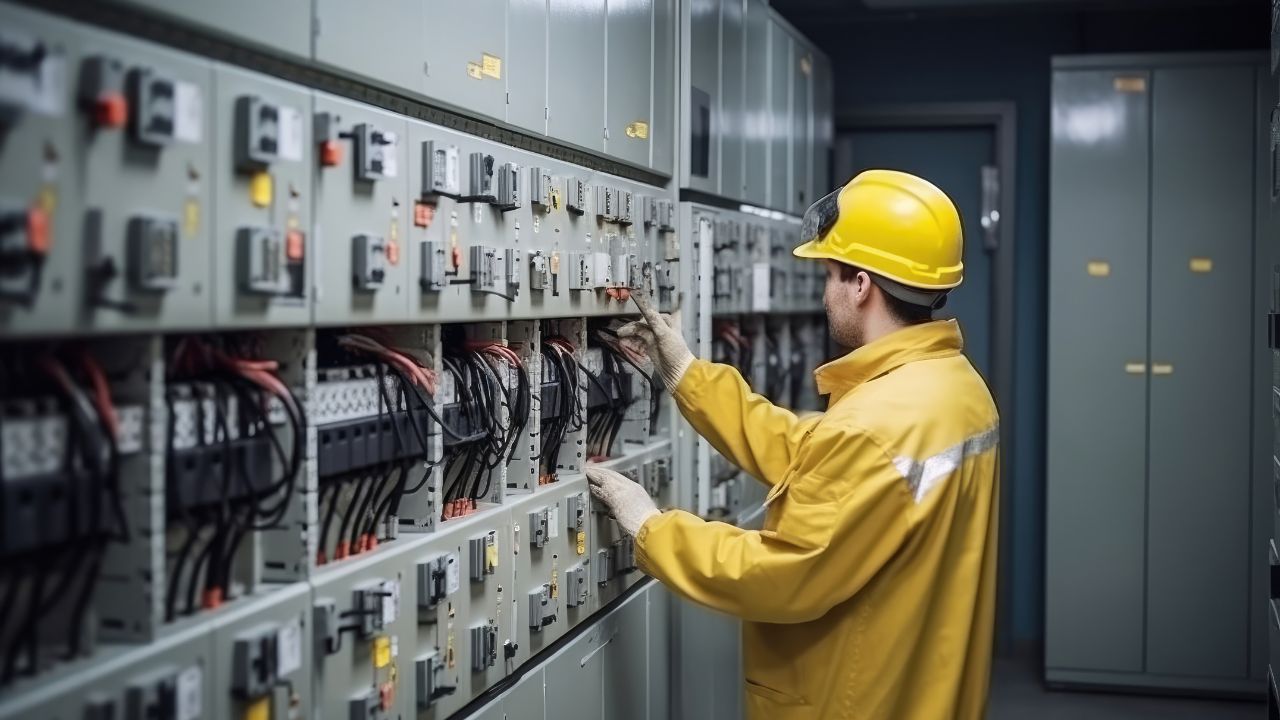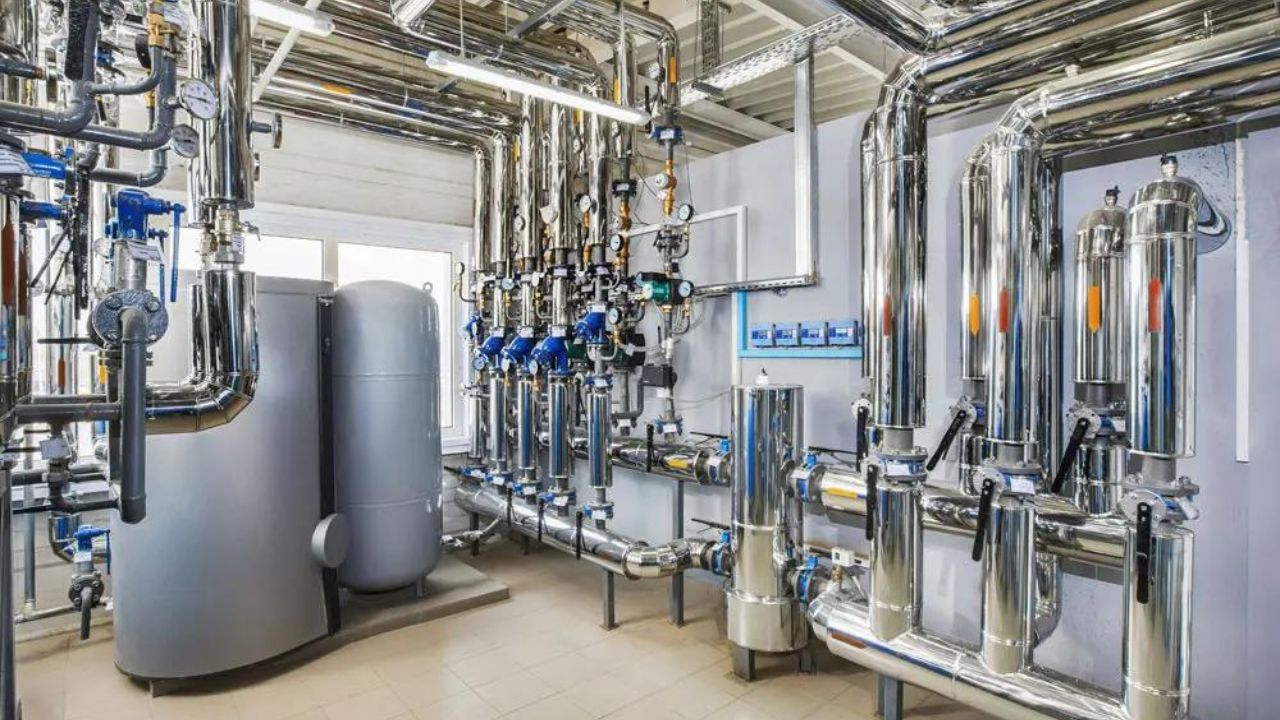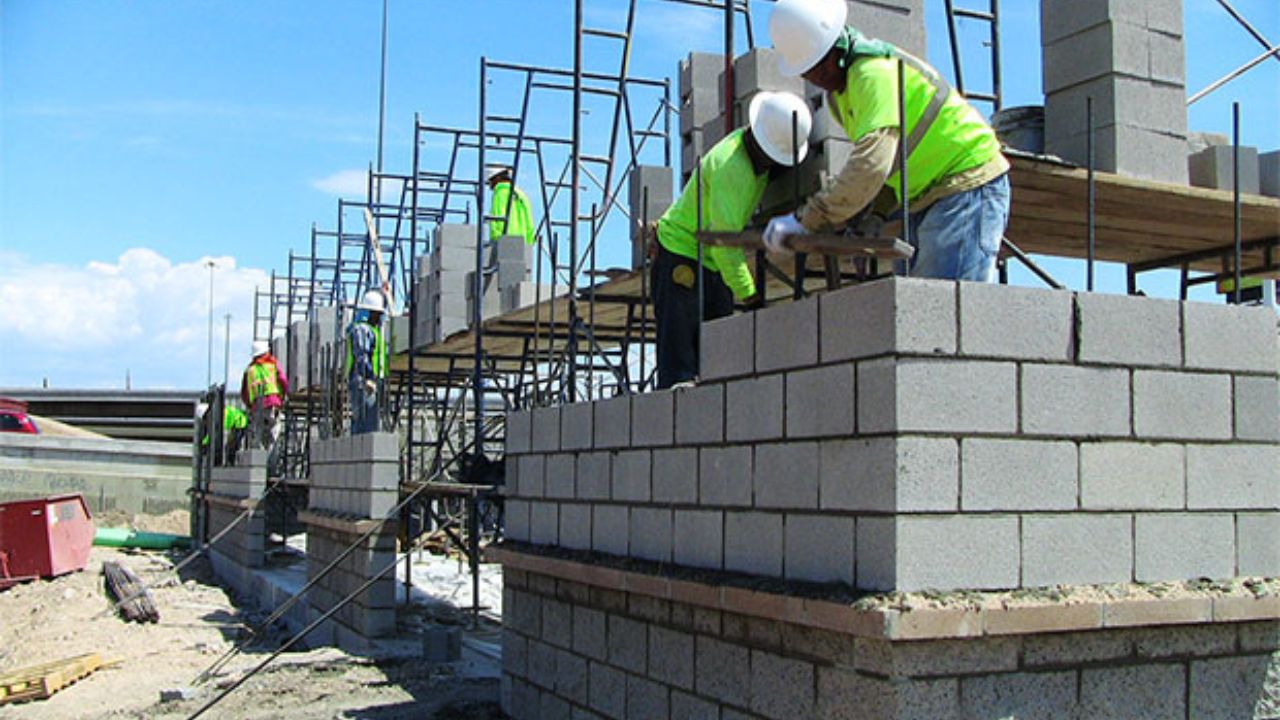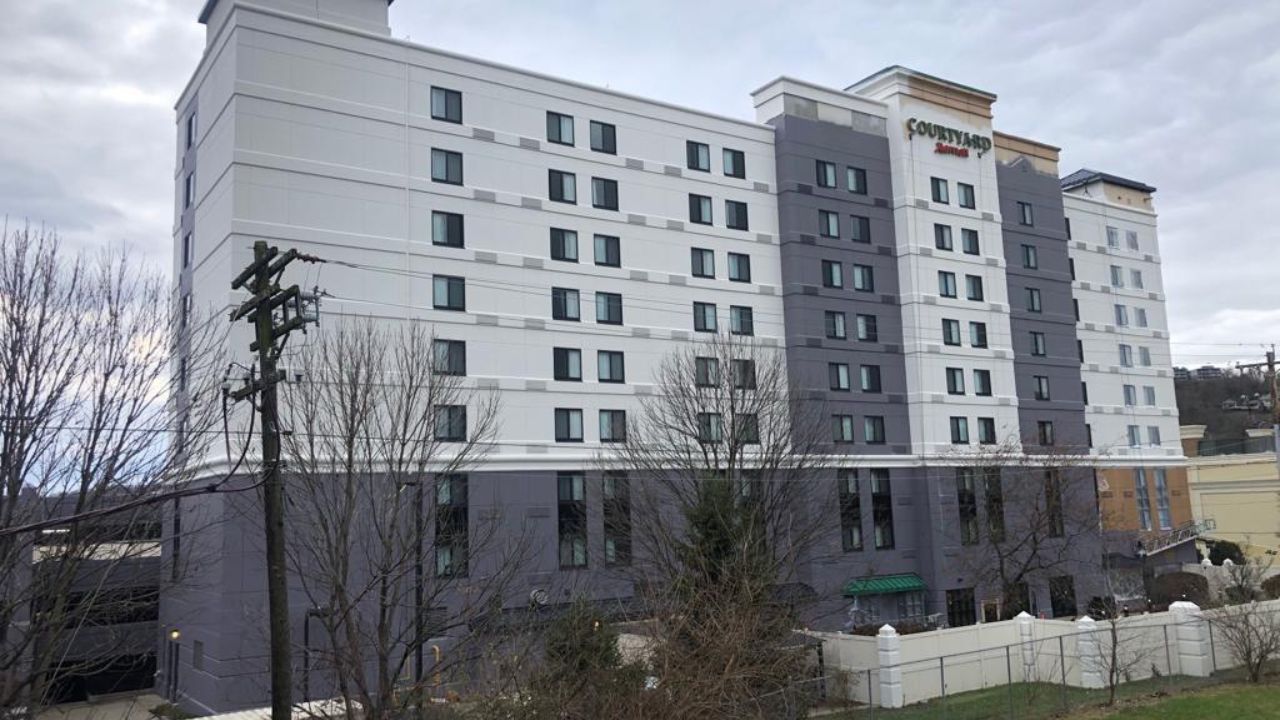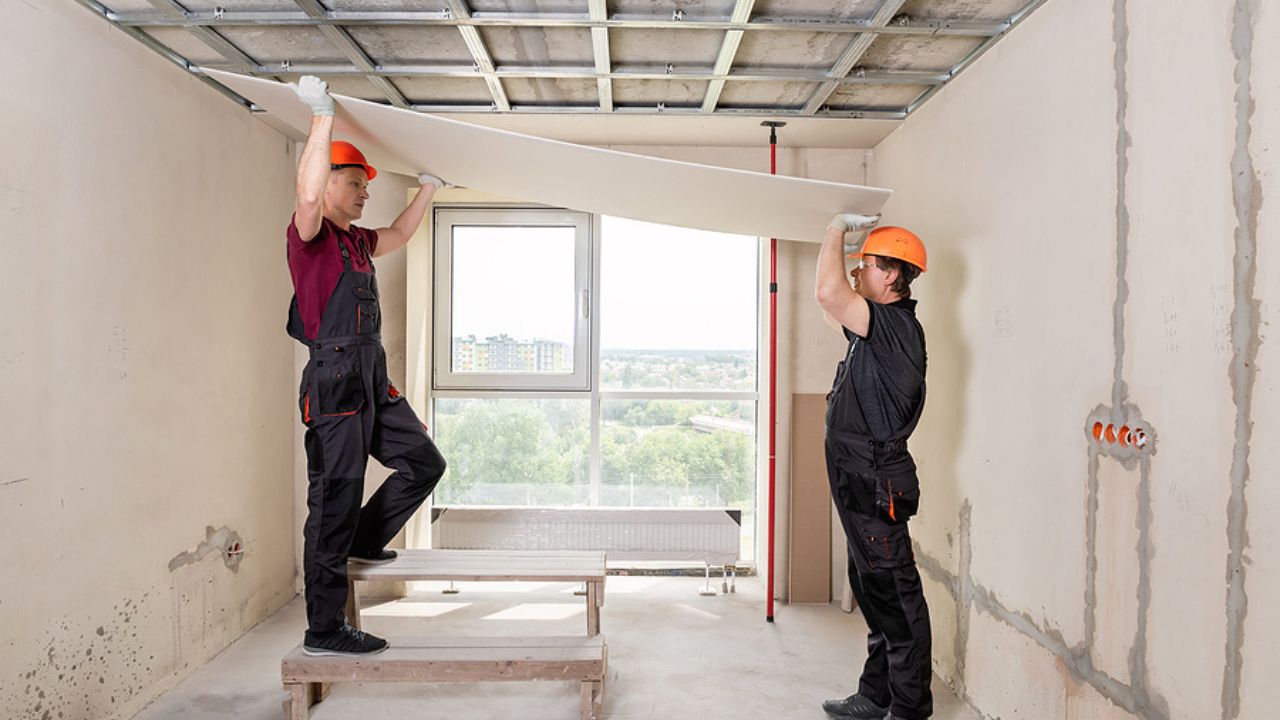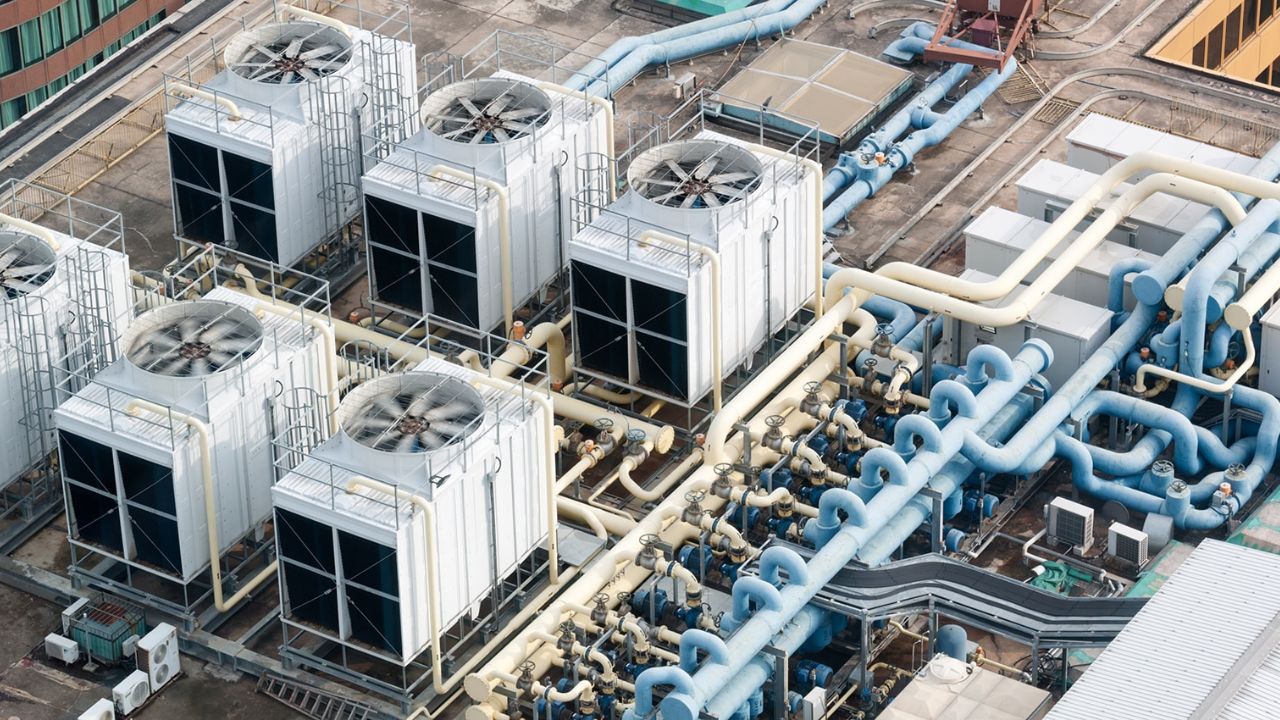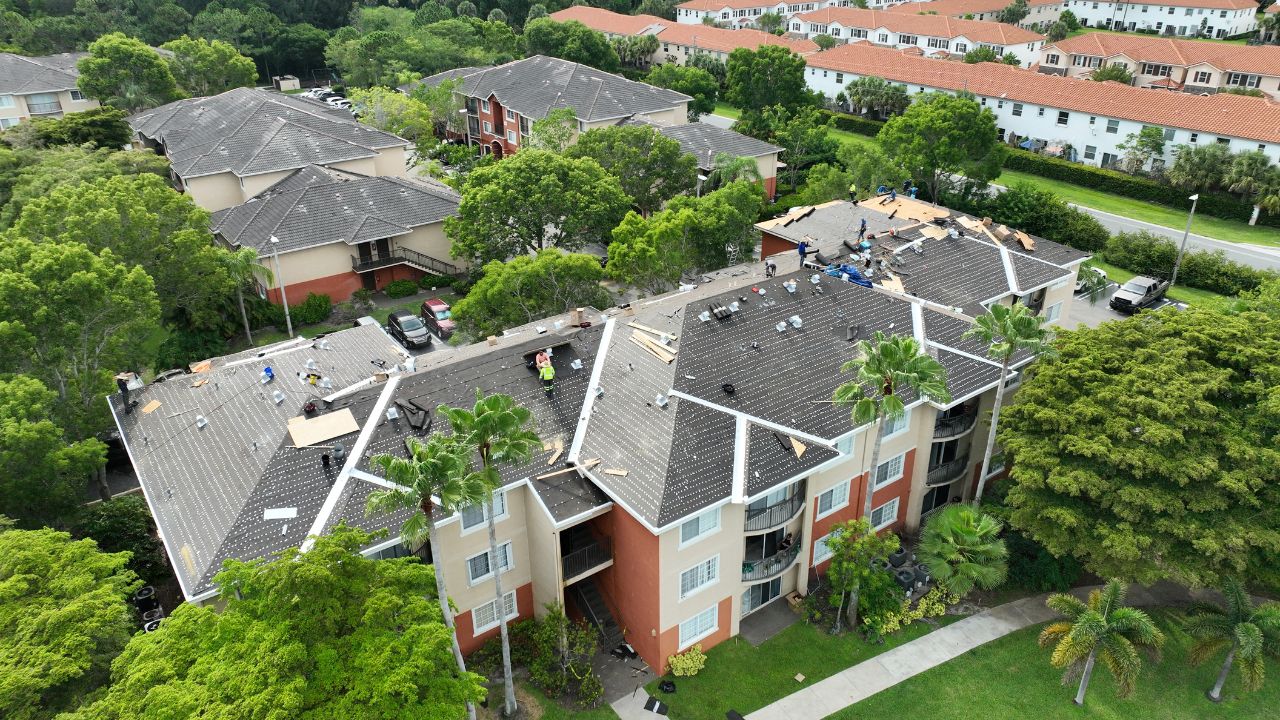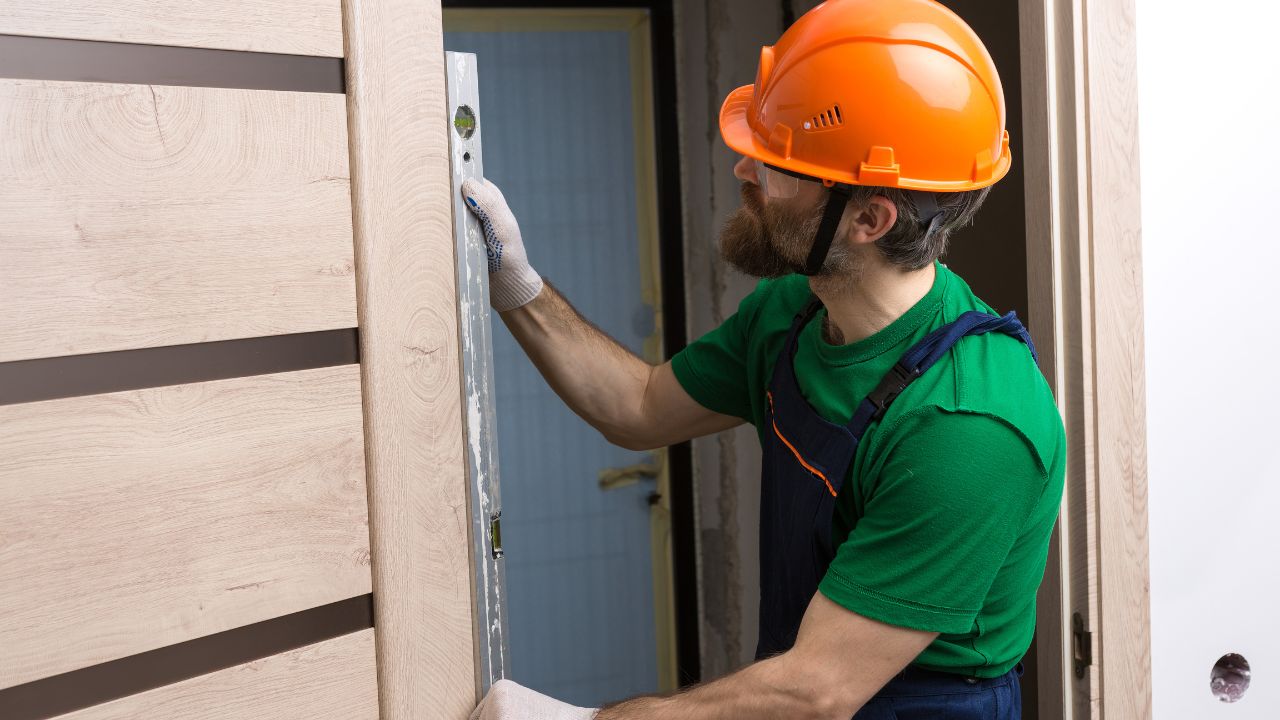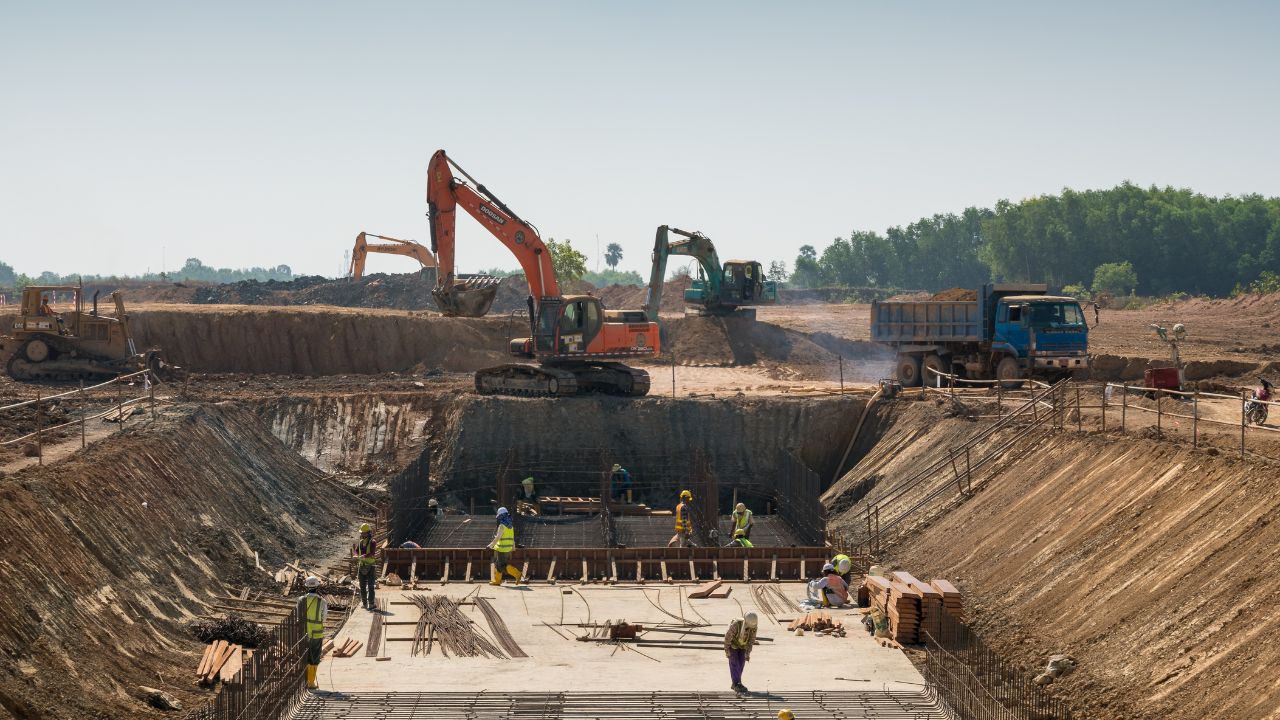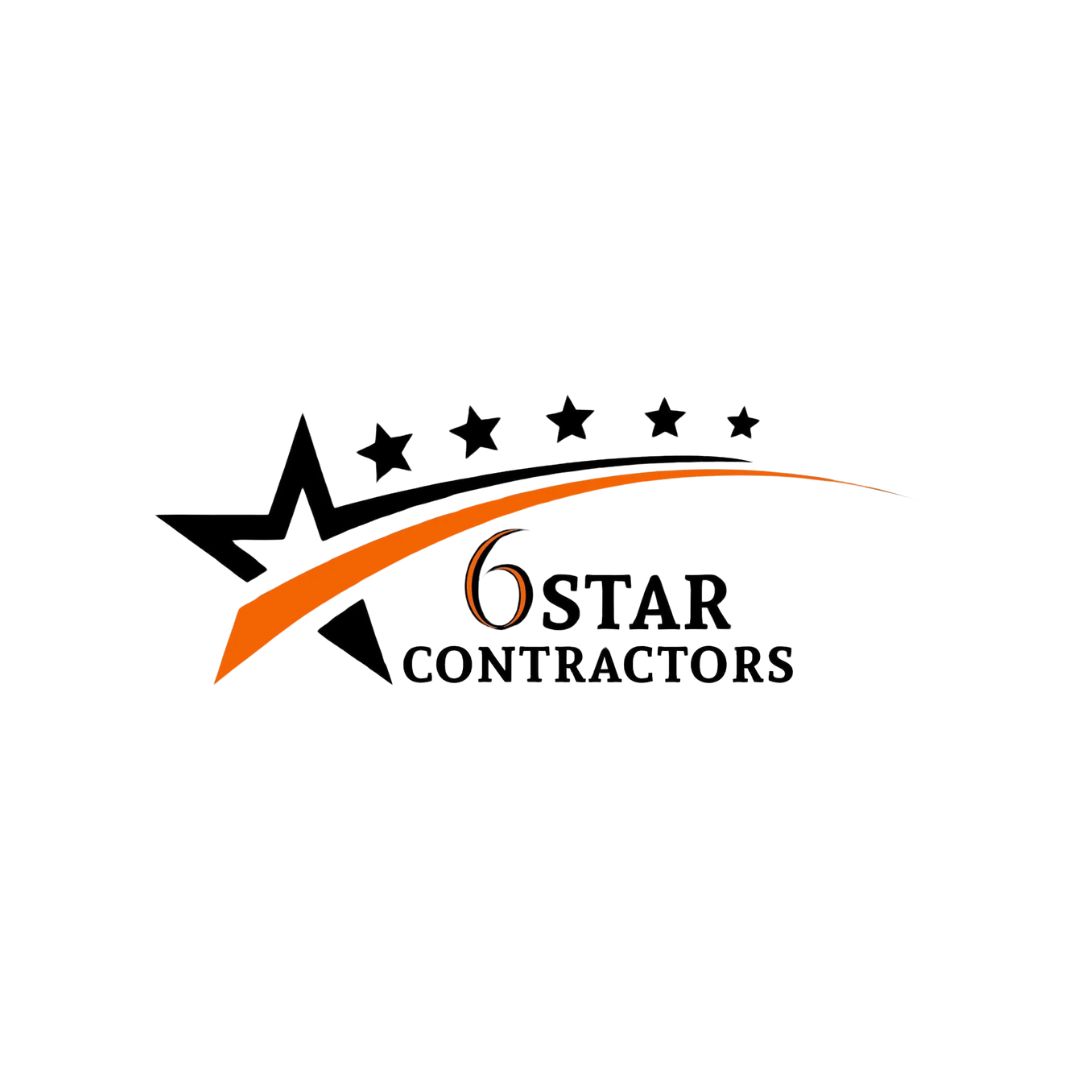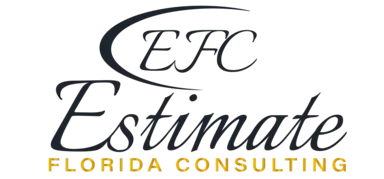- Homepage
- Construction Cost Escalation in 2025
Construction Cost Escalation in 2025
Leading provider of Construction estimating services.
Construction cost escalation is defined as the increase in cost over time for materials, labor, equipment, and service inputs required for construction projects. Traditionally, escalation was captured through inflationary trends or annual percentage adjustments. However, since 2020, successive global supply chain disruptions and shifting labor markets have radically changed the escalation profile in the United States. By 2025, escalation is viewed as a dynamic index that responds to regional market conditions and sector-specific demand cycles.
The U.S. construction market exceeded $2.1 trillion in total value in 2024, and the continued expansion of infrastructure, data centers, multifamily housing, and life sciences facilities is adding significant demand pressure on already strained supply chains.
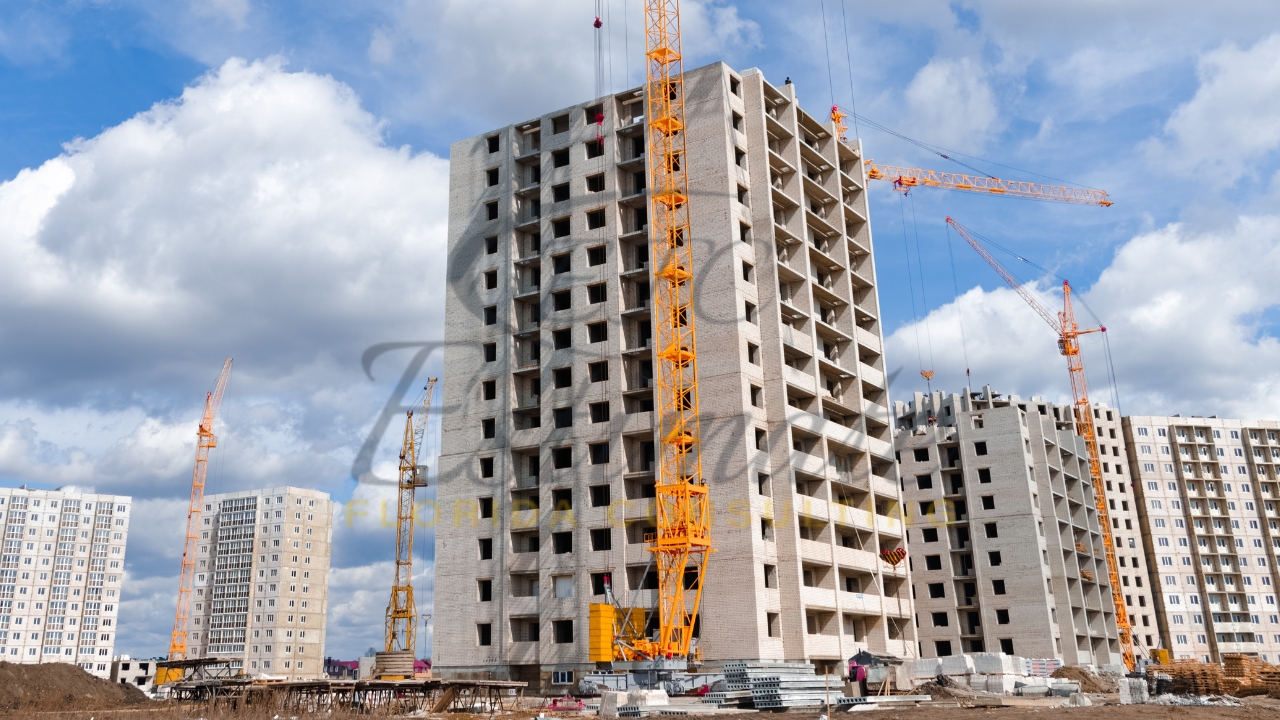
Contractors attempting to maintain profitability in 2025 need to integrate escalation thinking into every cost estimate, and carefully reevaluate assumed unit rates across core disciplines such as structural concrete, rebar, interior finishes, and mechanical/electrical systems.
National Overview of Construction Cost Escalation in 2025
Nationally, escalation in 2025 is averaging between 6% and 11%, depending on location, building type, and trade scope. Major metropolitan areas — particularly those experiencing high economic growth — are trending toward the upper end of that range. Rural markets are showing slightly lower growth; however, even in those regions, cost escalation remains above pre-2020 averages.
National Average Escalation Rates (2025)
U.S. Region | Average Escalation Range |
Northeast | 7% – 10% |
Midwest | 6% – 9% |
South (Excluding FL) | 6.5% – 10% |
West | 8% – 11% |
Florida (State Average) | 9% – 12% |
National data shows that energy-intensive and import-dependent materials such as steel, cement, copper, and mechanical equipment are climbing faster than general inflation. On top of that, labor costs are rising faster than any time in the past decade, driven by a persistent shortage of qualified trades.
Construction Professionals For Your Project?
Primary Drivers of Cost Escalation
Construction cost escalation in 2025 is caused by a combination of global factors and domestic trends. The five primary drivers are:
Disrupted Global Supply Chains
Many construction materials used in U.S. projects originate outside the country or use imported raw inputs. In 2025, international shipping rates remain elevated and production lead times are longer due to geopolitical issues and port congestion.
Inflation in Energy and Raw Materials
Both manufacturing and transportation require large quantities of energy, leading to higher product costs as global oil and gas prices remain high. Copper, aluminum, and other industrial metals also face continued demand from the electronics and EV sectors.
Skilled Labor Shortage
The gap between available labor supply and required demand continues to widen. The U.S. Bureau of Labor Statistics estimates a shortage of 650,000 trade professionals nationwide. Contractors must now pay premium rates to secure qualified workers, and some projects are delayed simply due to lack of labor availability.
New Building Codes and ESG Regulations
New energy efficiency requirements and resilient design standards at municipal and state levels are increasing permitting costs and driving demand for higher-performance materials and systems.
Climate and Weather-Related Events
Severe weather events — especially in coastal states — disrupt supply routes and project schedules, leading to delivery delays and increased risk allowances.
Material-Specific Escalation Trends
Concrete and Cement
Concrete production relies heavily on energy and raw material availability. Costs have been increasing due to higher fuel prices and limited capacity expansions within domestic manufacturing plants.
Material | 2024 Avg Price | 2025 Escalation | Updated 2025 Price |
Ready-Mix Concrete (CY) | $150 – $165 | +9% | $164 – $180 |
Portland Cement (ton) | $135 – $142 | +12% | $151 – $159 |
Concrete admixtures and aggregates are also experiencing localized cost variations due to transportation surcharges.
Reinforcing and Structural Steel
Global demand for steel remains strong in 2025, particularly from the industrial and energy sectors. Import tariffs and regional production cutbacks in Asia have also placed upward pressure on U.S. prices.
Steel Type | 2024 Avg Price | 2025 Escalation | New Avg Price |
#4 Rebar (ton) | $800 – $900 | +9% | $872 – $981 |
Structural Steel (ton) | $2,000 – $2,200 | +8% | $2,160 – $2,376 |
Lumber and Wood Products
While lumber prices softened from their pandemic highs, transportation and regional supply disruptions have kept prices elevated in 2025.
Lumber Type | 2024 Cost | 2025 Escalation | 2025 Cost |
SPF 2×4 (MBF) | $500 – $560 | +6% | $530 – $593 |
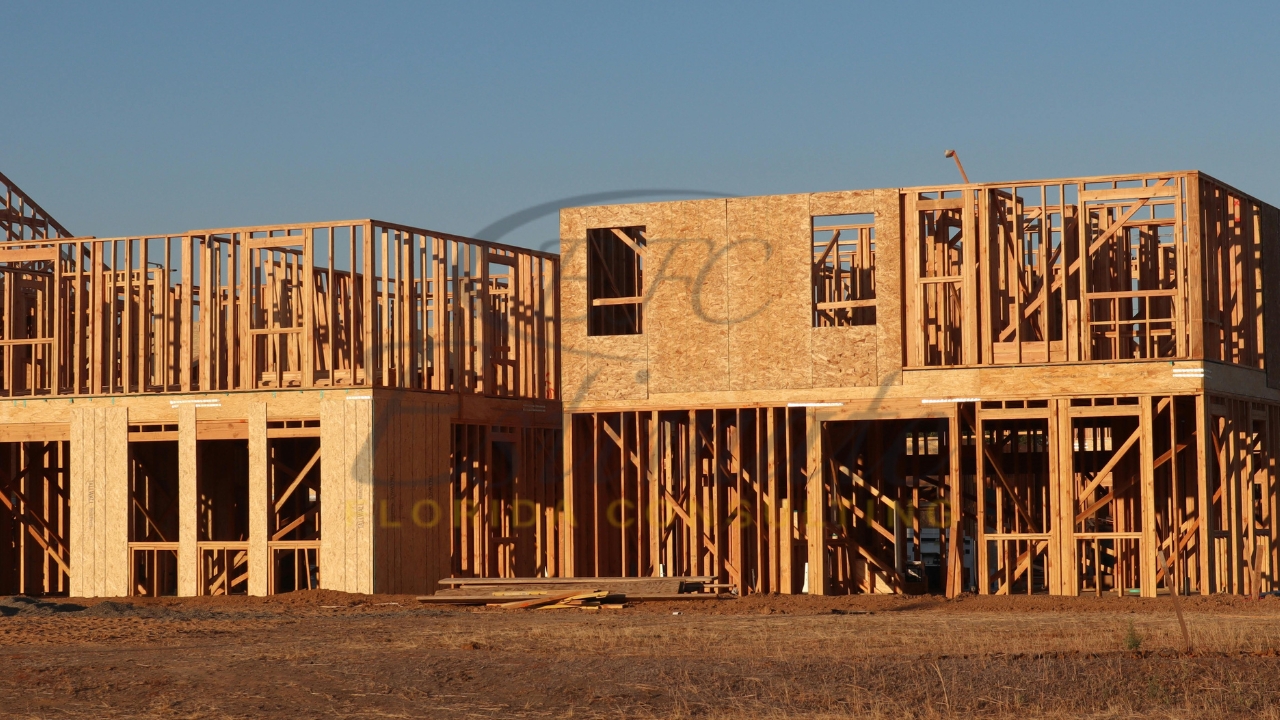
Drywall and Interior Finishes
Gypsum board suppliers continue to raise prices to cover higher energy usage in manufacturing. Interior finish costs are also trending up due to rising labor rates and increased resin prices used in paints and coatings.
Item | 2024 Cost | 2025 Escalation | 2025 Cost |
1/2” Drywall Sheet | $12.50 – $13.20 | +11% | $13.90 – $14.70 |
Interior Paint (SF) | $1.80 – $2.20 | +9% | $1.96 – $2.38 |
Acoustic Ceiling Tile (SF) | $4.80 – $5.20 | +8% | $5.18 – $5.62 |
Mechanical, Electrical, and Plumbing (MEP)
MEP components have the highest escalation rates in 2025 due to complexity, semiconductor demand, and international supply chain challenges.
Item | 2024 Price | 2025 Escalation | 2025 Price |
Rooftop HVAC (10-Ton) | $9,800 | +12% | $10,976 |
VRF System (per ton) | $4,200 | +11% | $4,662 |
Copper Wire (1,000ft) | $3,200 | +13% | $3,616 |
Electrical Panel (200A) | $1,650 | +9% | $1,798 |
1” Copper Pipe (10ft) | $116 | +10% | $127.60 |
3” PVC Pipe (10ft) | $72 | +8% | $77.76 |
We Provide 3D Rendering Services!
For Construction and Other Projects
Turnaround time is 1-2 days.
Win More Projects With Us
Labor Market and Wage Escalation
National Labor Cost Trends
Across the United States, demand for skilled labor is outpacing supply. Most trades are experiencing annual wage increases of 8% to 13% in 2025, depending on location and trade specialization.
Trade | 2024 Avg Hourly Rate | 2025 Escalation | Updated 2025 Rate |
General Labor | $22 – $26 | +8% | $24 – $28 |
Carpenter | $32 – $36 | +10% | $35 – $40 |
Electrician | $38 – $44 | +11% | $42 – $48 |
HVAC Tech | $37 – $42 | +12% | $41 – $47 |
Regional Labor Pressures
States with extensive project pipelines (California, Texas, Florida, Georgia, and New York) show even higher rates of escalation as contractors compete for limited skilled labor.
In Florida, electrician and HVAC technician rates are up to 14% higher than the 2024 average.
Escalation by Building Type
Building Type | Avg 2024 Cost/SF | 2025 Escalation | New 2025 Cost/SF |
Custom Residential | $225 – $280 | +11% | $249 – $311 |
Light Commercial | $190 – $235 | +10% | $209 – $259 |
Healthcare | $410 – $470 | +12% | $459 – $526 |
Hospitality / Hotel | $255 – $320 | +9% | $278 – $349 |
Industrial / Warehouse | $140 – $195 | +8% | $151 – $211 |
Residential cost escalation in 2025 is strongly correlated with the shortage of HVAC equipment and high demand for energy-efficient mechanical systems. Commercial buildings are particularly affected by inflation in electrical components, especially smart and automation-integrated devices.
National Regional Escalation Patterns
Northeast
- Escalation driven by aging infrastructure projects and port congestion.
- Lead times for elevator systems and switchgear remain high.
Midwest
- Steel costs heavily impact industrial project budgets.
- Labor escalation slightly lower due to lower regional demand compared to the coasts.
Western U.S.

- Strong escalation in data center and EV-plant construction.
- Overall escalation 9–11%, higher than national average.
Southern U.S. (Non-Florida)
- Market growth in Georgia, Texas, and North Carolina resulting in 8–10% escalation.
- Mechanical system prices are the primary cost driver.
Florida Construction Escalation – 2025
Florida’s construction market remains one of the most active in the country due to sustained residential migration, infrastructure development, and a steady pipeline of industrial and hospitality projects.
Florida Region | Average Escalation (2025) |
Miami-Dade / Broward | 10% – 12% |
Orlando / Central | 9% – 11% |
Tampa Bay | 8% – 10% |
Jacksonville / North | 7% – 9% |
Panhandle | 6.5% – 8% |
Key Florida-Specific Drivers
- High demand for multifamily housing in Orlando and Miami.
- Increased demand for hurricane-resistant materials.
- Construction labor shortage more severe than national average.
- Elevated insurance & permit costs impacting soft cost categories.
Get 5 New Projects in the Next 7 Days With Our System
Cost Forecast: 2025 vs. 2026 Outlook
Category | 2025 Avg Escalation | 2026 Projected Escalation |
Labor | 8% – 12% | 6% – 9% |
Steel | 8% – 10% | 6% – 7% |
Concrete | 9% – 12% | 7% – 9% |
MEP | 10% – 13% | 8% – 10% |
Total Construction Cost | 6% – 11% | 5% – 8% |
While there is no expectation of cost deflation in 2026, escalation values are projected to moderate as supply chain bottlenecks normalize. However, unforeseen geopolitical tensions or climate-related events could still place upward pressure on prices.
Mitigation and Cost Management Strategies
To protect budget integrity in 2025, estimators and contractors must adopt proactive escalation planning protocols. The following strategies are commonly used in the market:
Incorporate Escalation Clauses in Contracts
Allow price adjustments when market prices exceed pre-agreed thresholds. This protects both the contractor and the client against unexpected cost spikes.
Early Procurement of Long-Lead Items
Equipment such as electrical switchgear, RTU packages, and elevators should be procured or at least reserved at the earliest possible stage to avoid delays and price increases.
Diversification of Suppliers
Contractors should obtain quotations from multiple regional suppliers. Relying solely on a single vendor increases risk in volatile periods.
Regular Cost Index Updates
Estimates should be reviewed on a quarterly basis instead of annually. This allows cost data to reflect current market conditions.
Modular and Prefabrication Solutions
In some cases, pre-manufactured elements help reduce on-site labor dependency and speed up project delivery, thereby minimizing the impact of labor escalation.
Conclusion
Escalation in construction costs throughout 2025 is a structural outcome of market realignment following years of supply chain disruption, labor reductions, and increased material demand. The average national construction cost escalation is ranging between 6% and 11%, with Florida falling into the upper ranges due to strong regional demand and climate-specific material requirements.
Material escalation is particularly notable in concrete, steel, and mechanical systems, while labor costs are rising due to a shrinking pool of skilled tradespersons. The impact varies by project type and region, but all contractors and project owners in 2025 must adopt active cost monitoring and implement escalation allowances when preparing budgets.
Accurate estimating requires an understanding of both national and regional escalation patterns, and the use of practical mitigation strategies such as early procurement, multi-vendor sourcing, and modular construction methods. With proper planning and ongoing cost tracking, the effects of escalation can be managed effectively, allowing projects to proceed without unexpected budget overruns.
Frequently Asked Question
Construction cost escalation in 2025 refers to the rise in costs for materials, labor, equipment, and services used in construction projects. It is driven by supply chain disruptions, labor shortages, new building codes, and rising energy costs, with national escalation averaging 6%–11% depending on region and project type.
The top drivers include:
Global supply chain disruptions
Rising energy and raw material costs
Skilled labor shortages
New building codes and ESG regulations
Climate and weather-related delays
Northeast: 7%–10%
Midwest: 6%–9%
South (excl. FL): 6.5%–10%
West: 8%–11%
Florida: 9%–12% (one of the highest due to high demand and hurricane-resistant requirements)
Key materials with above-average increases include:
Concrete & cement: +9% to +12%
Structural steel & rebar: +8% to +9%
Drywall & finishes: +9% to +11%
MEP systems (HVAC, copper, electrical panels): +10% to +13%
Healthcare projects: +12% (due to complex MEP systems)
Custom residential: +11% (HVAC & energy-efficiency requirements)
Hospitality & hotels: +9%
Industrial/warehouse: +8%
Contractors and owners should include cost escalation allowances or index-linked adjustments in budgets to account for volatile pricing. This prevents disputes and protects both parties from unexpected overruns.
Comprehensive Trade-Specific Estimates
At Estimate Florida Consulting, we offer detailed cost estimates across all major trades, ensuring no part of your project is overlooked. From the foundation to the finishing touches, our trade-specific estimates provide you with a complete and accurate breakdown of costs for any type of construction project.
Our Simple Process to Get Your Estimate
Upload Plans
Submit your project plans, blueprints, or relevant documents through our online form or via email.
Receive Quotation
We’ll review your project details and send you a quote based on your scope and requirements.
Confirmation
Confirm the details and finalize any adjustments to ensure the estimate meets your project needs.
Get Estimate
Receive your detailed, trade-specific estimate within 1-2 business days, ready for your project execution.



Our Clients & Partners
We pride ourselves on building strong, lasting relationships with our clients and partners across the construction industry.
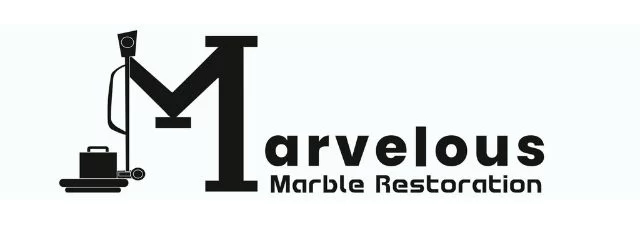
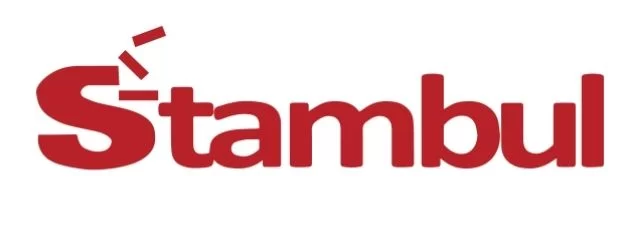
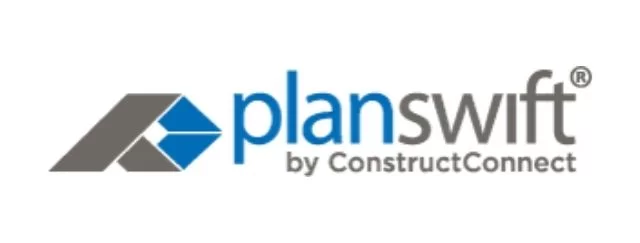
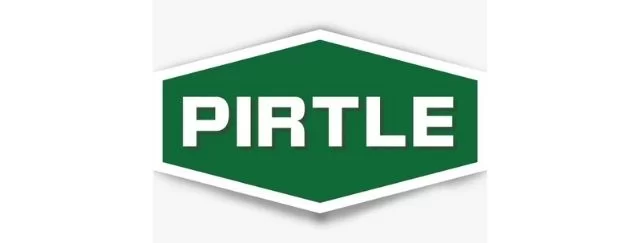

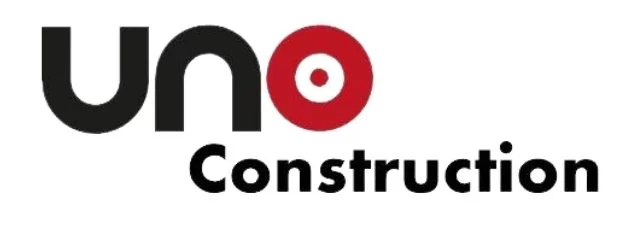
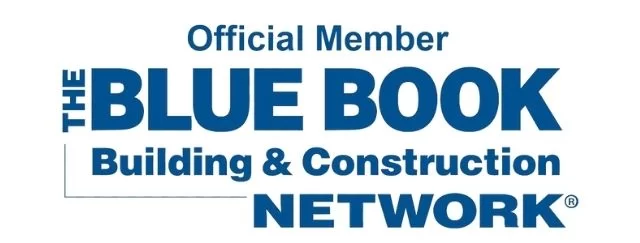
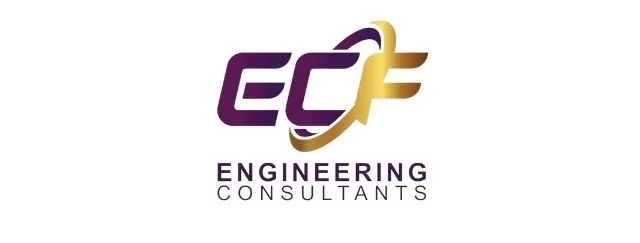
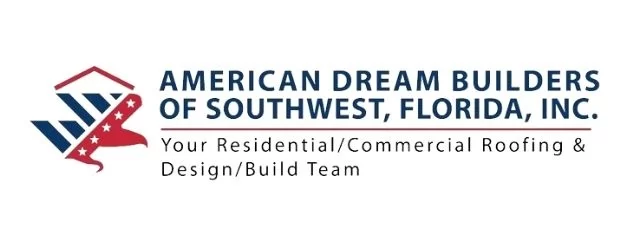
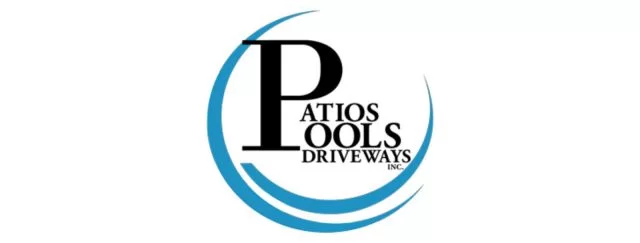

What Our Clients Say?
We take pride in delivering accurate, timely, and reliable estimates that help contractors and builders win more projects. Our clients consistently praise our attention to detail, fast turnaround times, and the positive impact our estimates have on their businesses.
Estimate Florida Consulting has helped us win more bids with their fast and accurate estimates. We trust them for every project!


